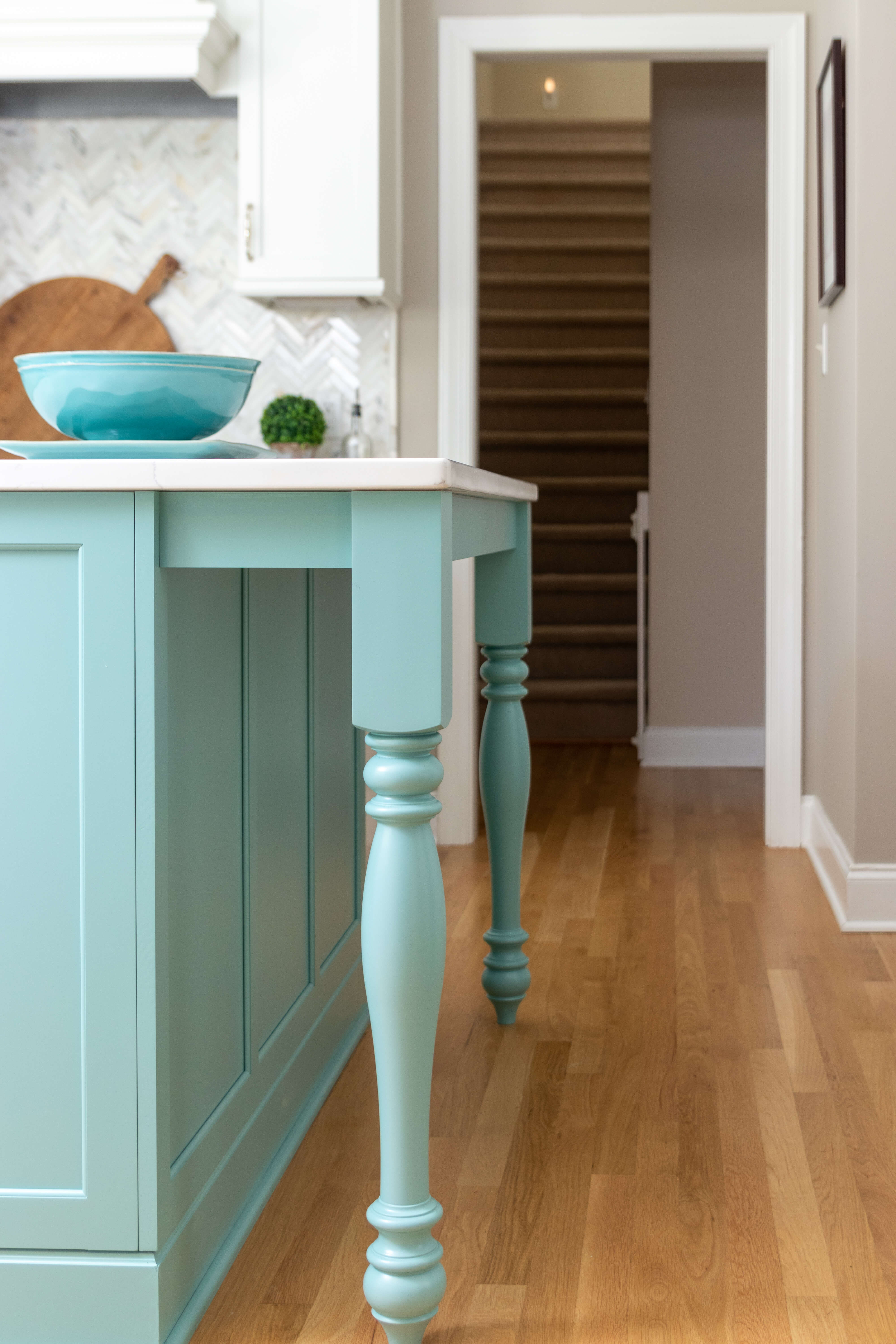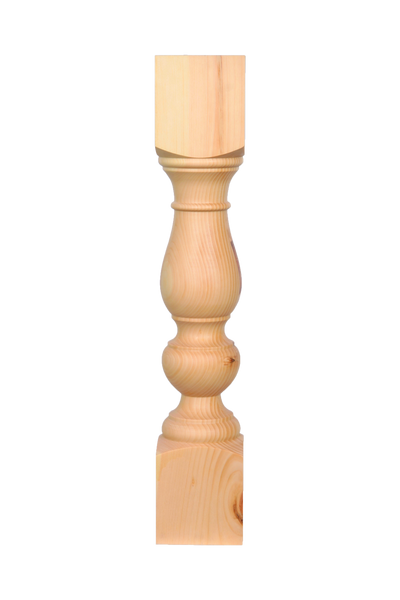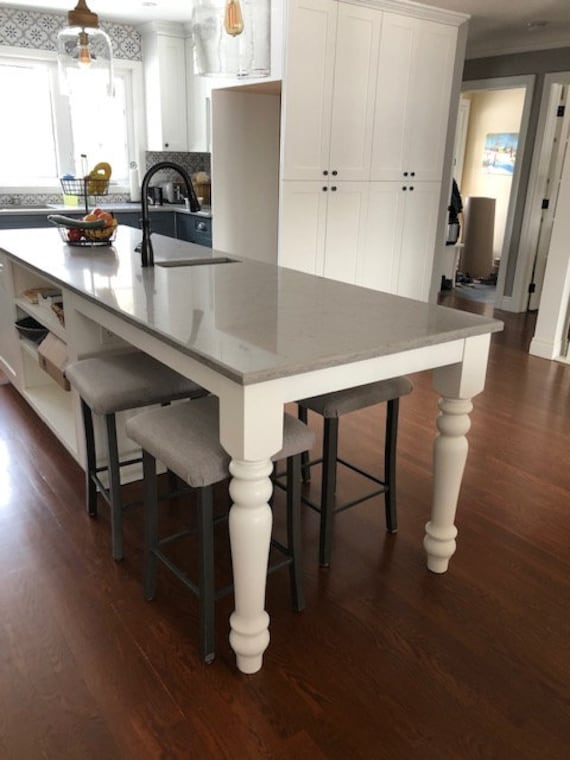Crucial Tips for Picking the Perfect Table for Your Kitchen
Choosing the ideal dining table for your cooking area is even more than just an issue of preference; it requires a thorough understanding of your room and needs. Begin by measuring your readily available room to guarantee adequate clearance for activity. The form of the table plays a crucial function; while rectangular tables fit larger locations, round ones foster affection, and extendable choices use flexibility. Product option is equally essential, with hardwoods offering sturdiness and glass loaning a contemporary touch. Lastly, the table needs to balance with your kitchen area's aesthetic appeals and suit your household conveniently. What other variables might influence this vital decision?
Measure Your Room
Choosing the optimal table begins with a precise analysis of your readily available room. This foundational step makes sure that the table not just fits conveniently within the space but likewise complements the general design and performance of your dining area. Begin by measuring the measurements of the area, taking into account doorways, home windows, and any existing furniture. This will aid you determine the optimum allowed size for your eating table.
It is important to leave sufficient room for chairs to be drawn out and for people to relocate around the table without blockage. A basic policy of thumb is to enable at least 36 inches of clearance from the side of the table to the nearby wall surface or piece of furniture.
In addition, believe about the variety of people you normally delight and whether you need extra space for visitors. Choosing an extendable table can offer flexibility, permitting you to suit varying varieties of restaurants. By precisely gauging your space, you prepared for picking a table that enhances both the aesthetic appeals and capability of your dining location.
Pick the Right Shape

On the other hand, round tables are exceptional for smaller kitchen areas or intimate gatherings, as they advertise discussion by allowing every person to encounter each other. They also give a sense of comfort and can fit well in tighter rooms due to their lack of sharp edges. Oblong tables supply the most effective of both globes, combining the size of rectangle-shaped tables with the affection of round ones, making them functional for various setups.
Square tables are an additional alternative, especially fit for square-shaped areas. They create a modern and symmetrical appearance, cultivating an equal dining experience for all seated. They may be much less useful for larger events unless they come with extensions. Inevitably, the shape you pick ought to line up with your space dimensions and way of life to make certain both kind and feature.
Material Considerations
When selecting a dining table, product considerations are critical in determining the table's toughness, upkeep needs, and total visual. Timber is a classic selection, providing timeless allure and effectiveness.
Glass-topped tables give a modern-day, sleek appearance and can make an area show up larger due to their openness. However, they need frequent cleaning to stop smudges and finger prints. Additionally, toughened up glass is suggested for its added stamina and safety and security.

Finally, composite products like MDF (Medium-Density Fiberboard) or plywood are economical choices. These materials can mimic the look of solid wood yet might not use the same durability. They are typically easier to clean however can be susceptible to water damage if not appropriately secured.
Eventually, the selection of material need to align with your kitchen area's style, your way of life needs, and your budget restraints. (kitchen island legs)
Seating Ability and Comfort
Exactly how do you determine the ideal seats capacity and convenience for your dining table? For a family members of 4, a rectangular table of have a peek at this site 48 inches long or a round table with a 48-inch size is generally sufficient.
Convenience is similarly vital. The height of the table ought to ideally be around 30 inches, giving a balanced ergonomic position for seated diners. Chairs need to sit height of 18 to 20 inches to make sure a comfortable dining pose. In addition, consider the chair style; supportive backrests and upholstered seats can improve eating comfort significantly, specifically during extended meals.
Style and Aesthetics
Selecting a dining table that fits your design and aesthetic appeal includes stabilizing personal preference with why not look here the existing style of your dining room. The table is often the centerpiece of the kitchen, and its style ought to enhance the overall motif of the space. Whether your kitchen boasts a modern-day, minimalist appearance or a rustic, farmhouse charm, the table you choose should integrate with these components to produce a cohesive and welcoming atmosphere.
Consider materials very carefully; timber supplies a classic appeal and can vary from abundant mahogany for a typical seek to lighter oak for a modern feeling. Metal and glass tables, on the various other hand, can introduce a sleek, industrial edge to your cooking area. Do not ignore the table's form-- rectangular tables are functional and traditional, while round and oblong options can cultivate a more intimate eating experience.
In addition, pay very close attention to coatings and details. A troubled coating could add personality and warmth, whereas a glossy surface area can add to a clean, modern-day aesthetic. Inevitably, your dining table need to not only fit flawlessly into your kitchen's layout however also mirror your individual design, elevating the area both functionally and visually.
Conclusion
In conclusion, choosing the perfect eating table for a kitchen requires mindful evaluation of room, form, material, seating capacity, and visual harmony. Eventually, a well-chosen eating table promotes an inviting ambience and fits the home pleasantly, hence enhancing the eating experience.

When picking a dining table, material considerations are vital in figuring out the table's toughness, upkeep demands, and general aesthetic. For a family members of 4, a rectangular table of 48 inches long or a round table with a 48-inch size is typically enough.
Don't forget the table's form-- rectangular tables are traditional and versatile, while round and oblong options can foster an extra intimate dining experience. kitchen island legs.